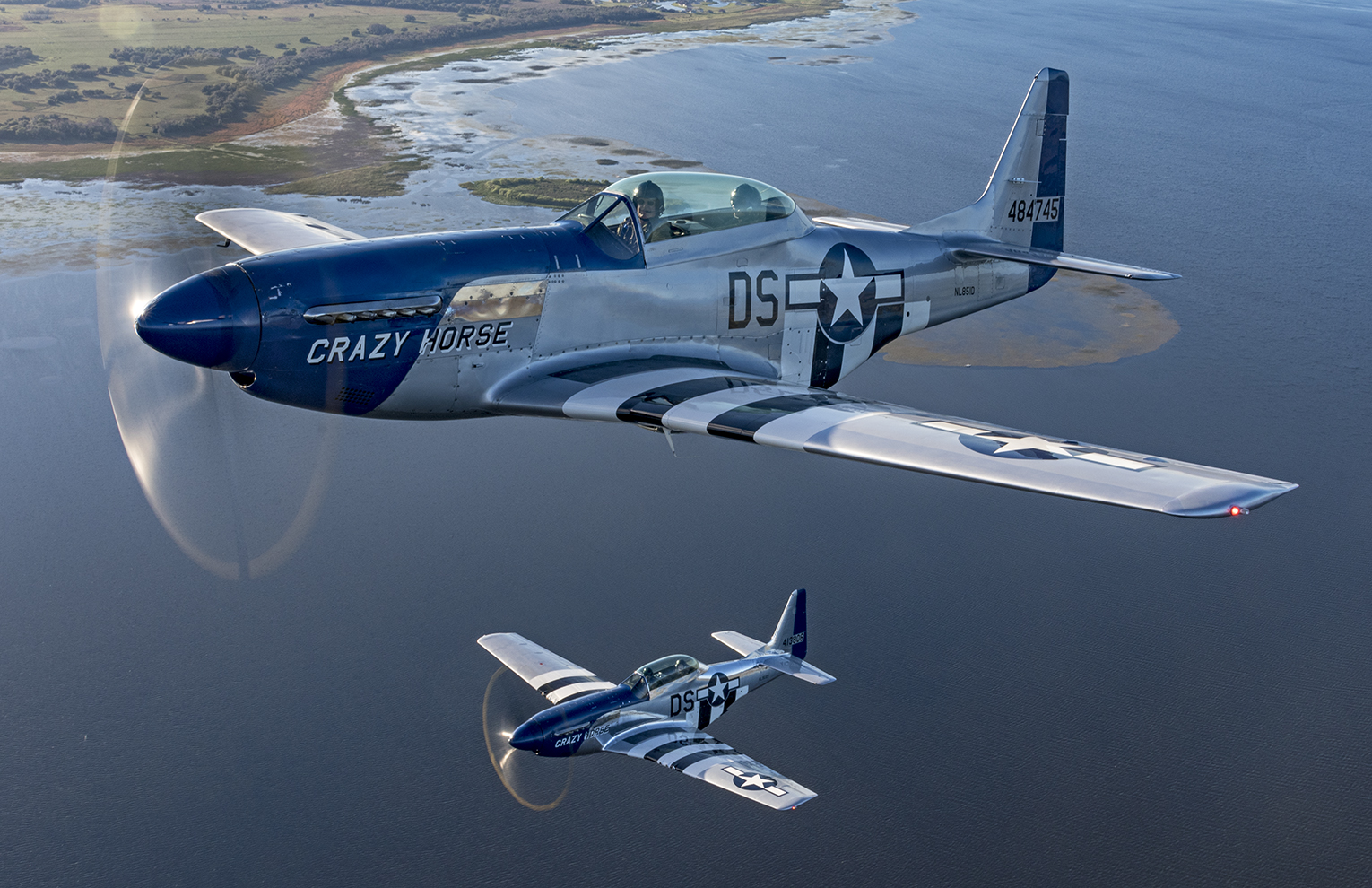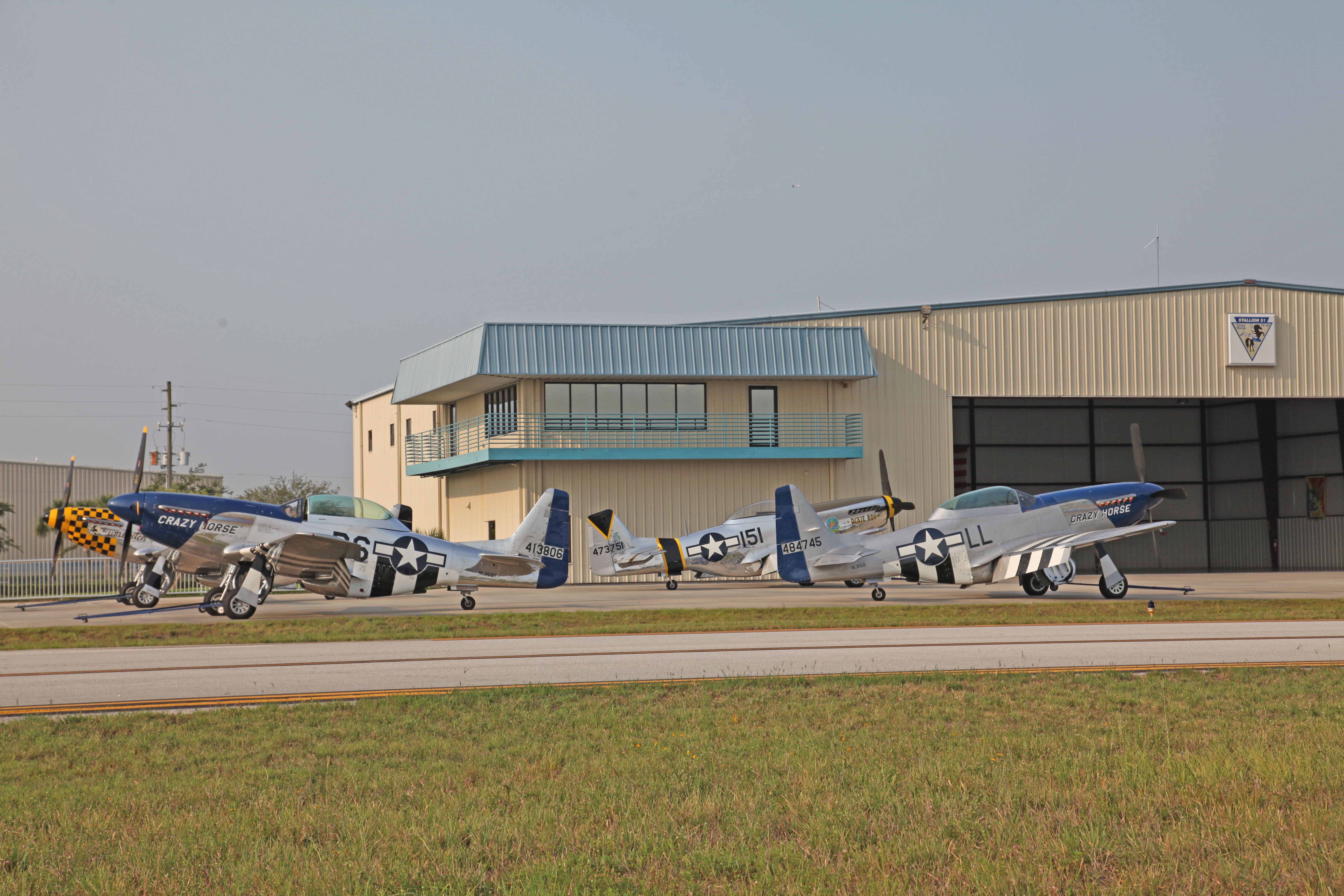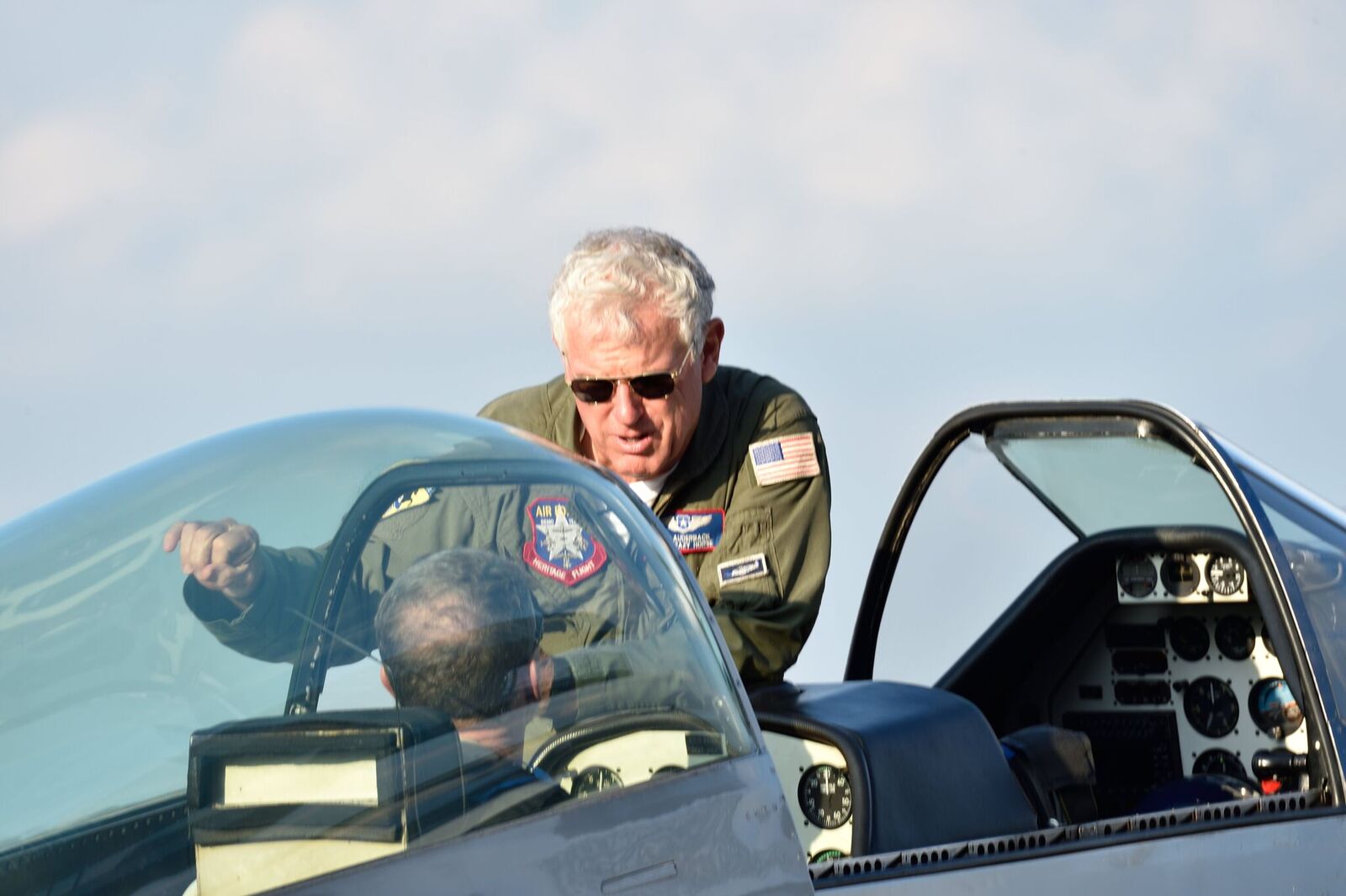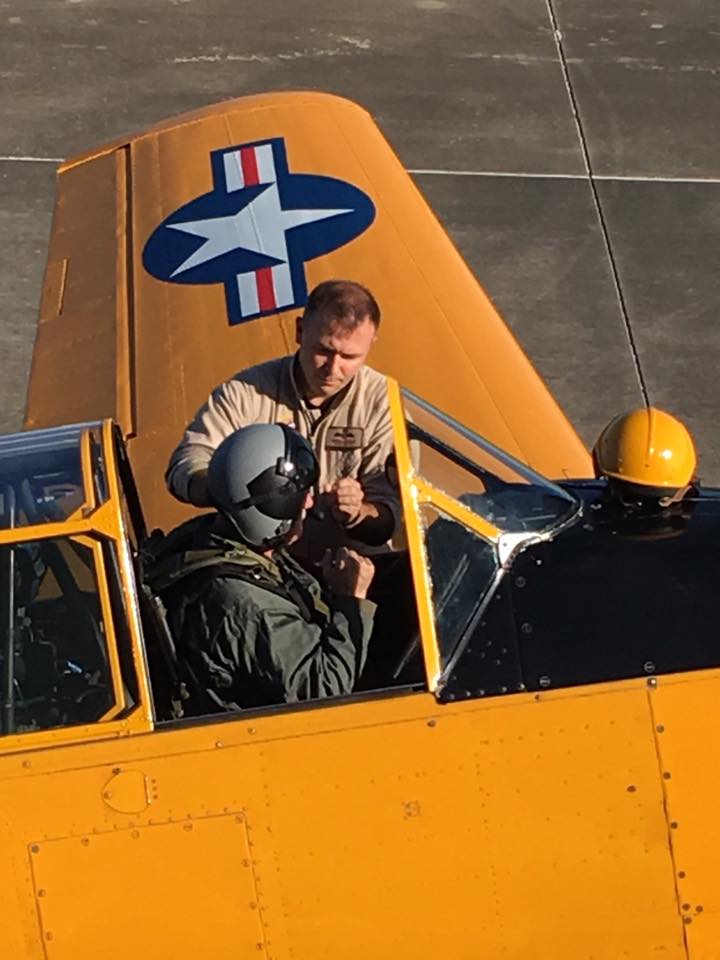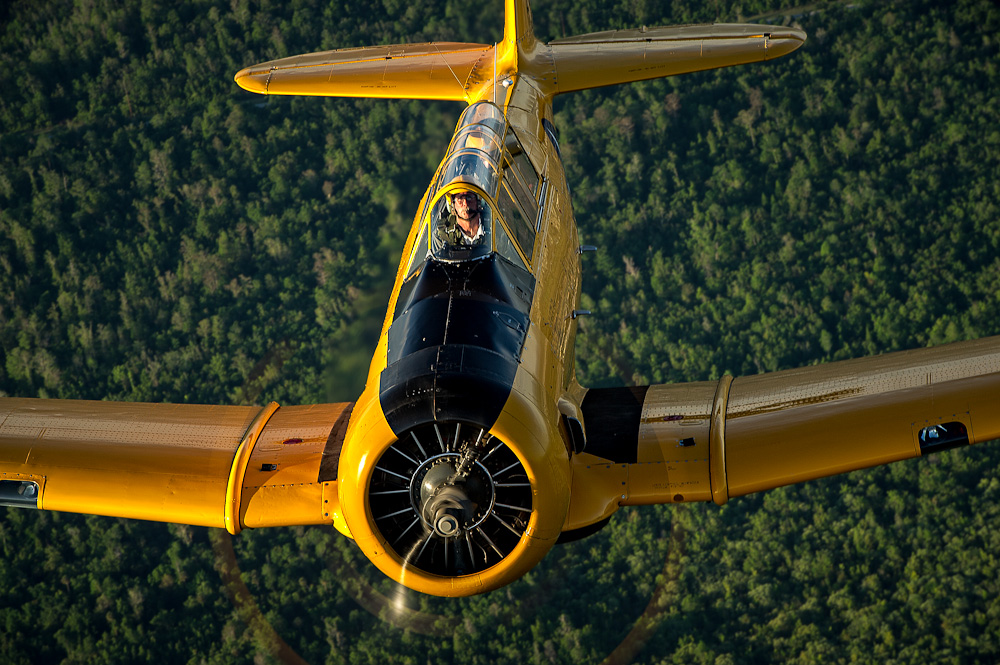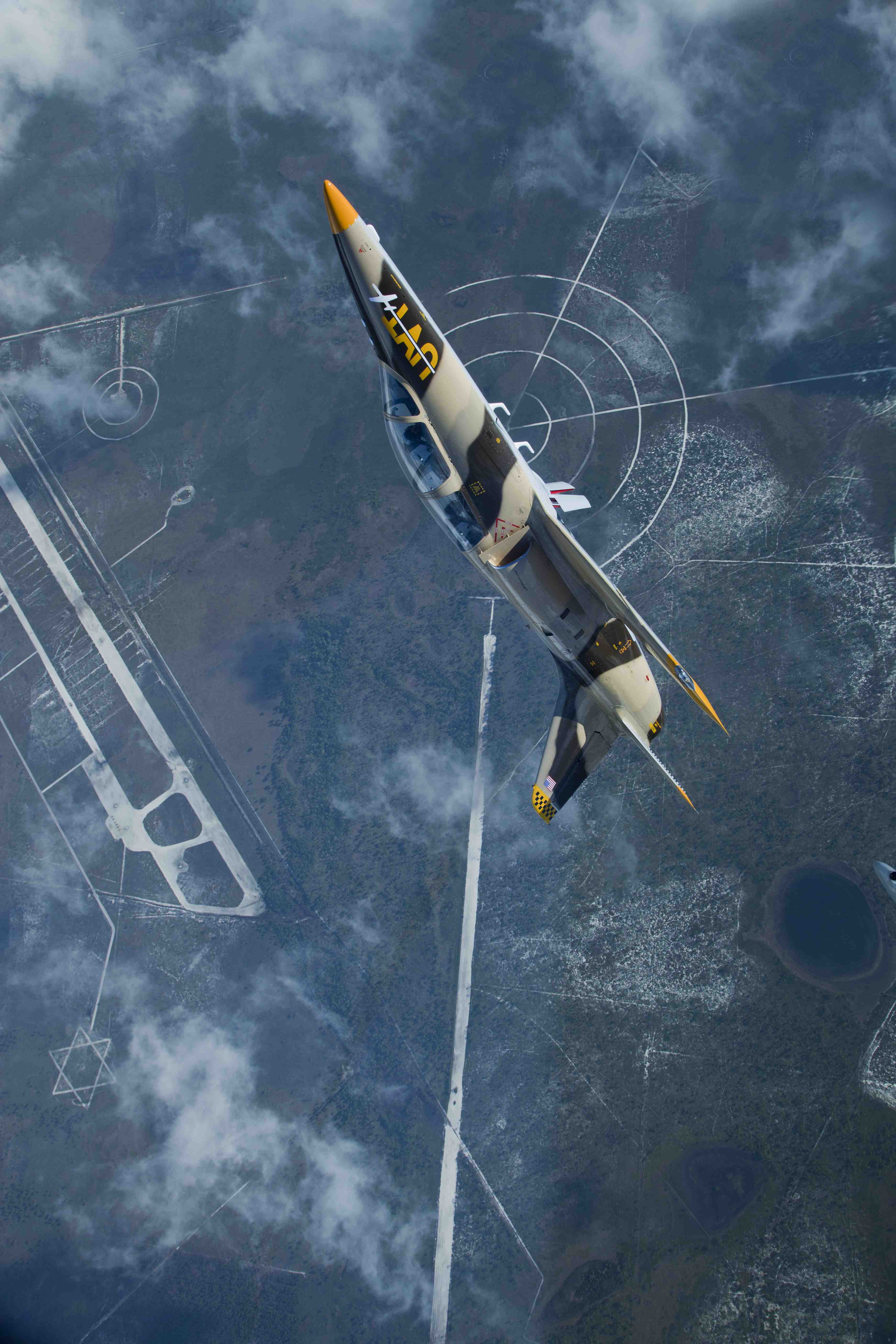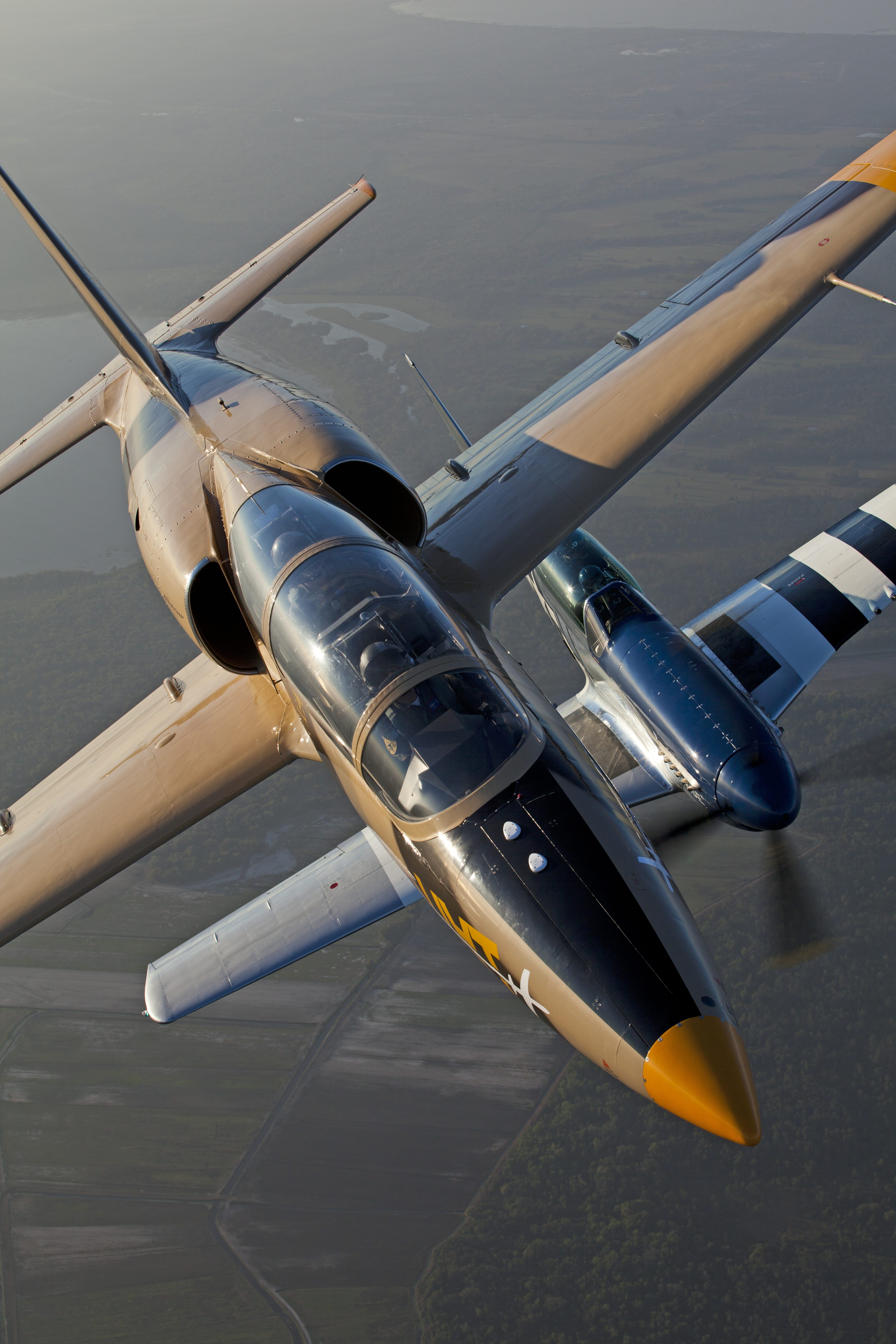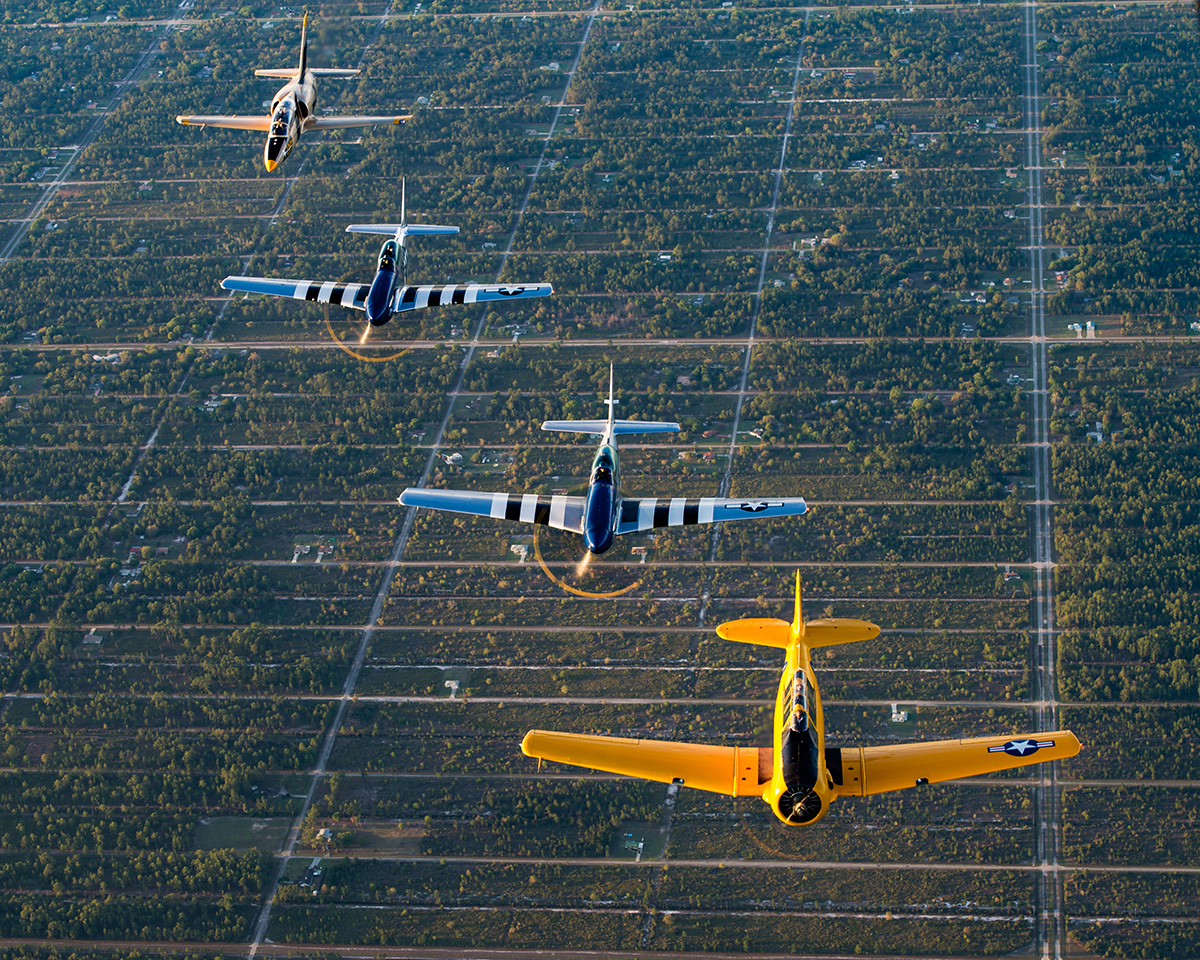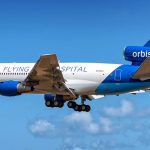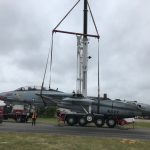Stallion 51 is known world wide for aviation excellence, making Mustang memories and fulfilling flying dreams for over three decades. An aviation business that specializes in rare, expensive, vintage aircraft built on the dream and passion of the Lauderback brothers. Lee, Peter, Richard and John are the cornerstone of the Mustang world; restoring, operating and marketing the rarest of the breed.
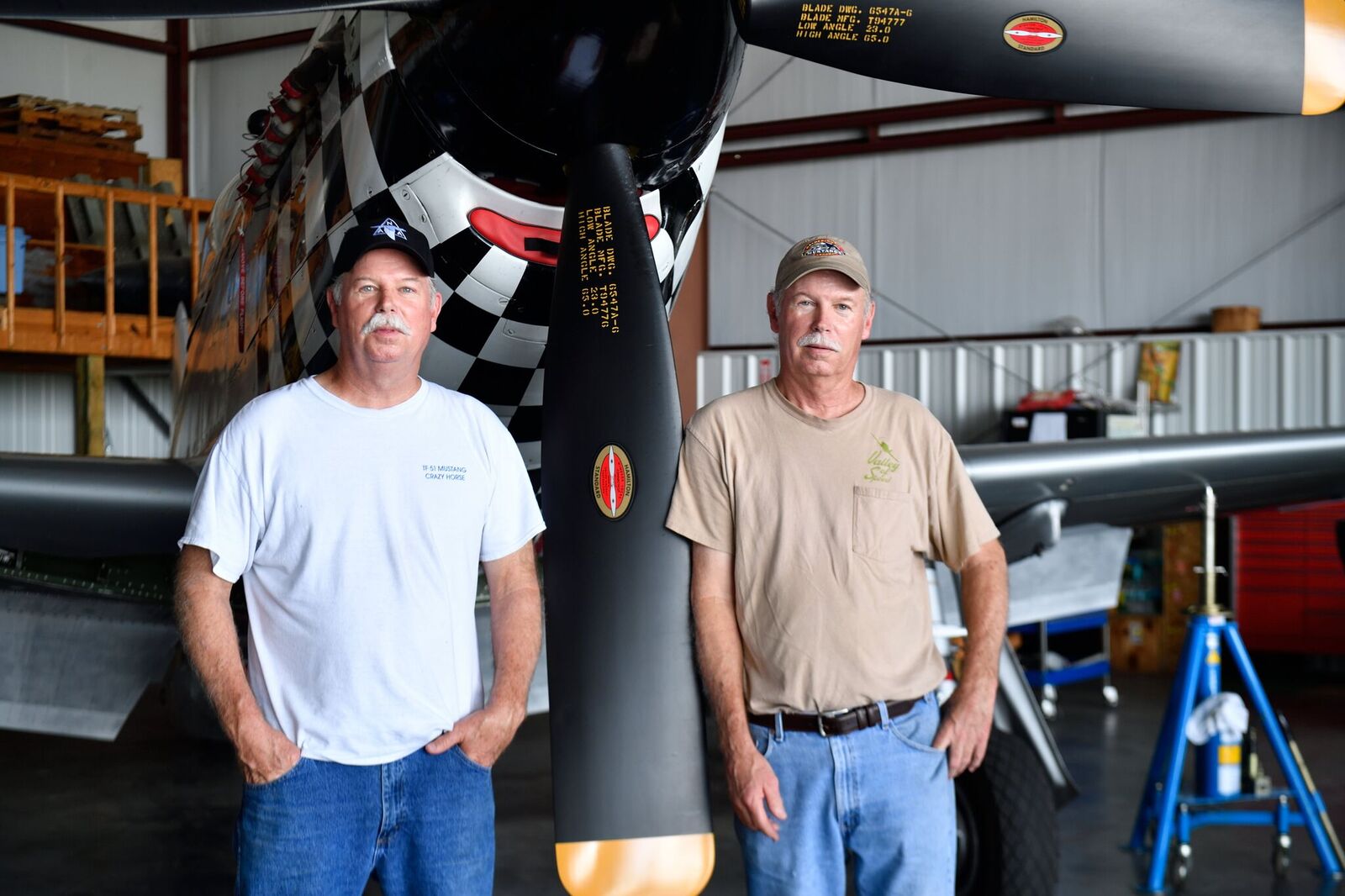
Stallion 51 has a large presence on the Kissimmee Airport with their three hangars, encompassing the flight operations for their two dual cockpit, dual control P-51 Mustangs and T-6 Texan orientation flights and transition training program, including VFR unusual attitude training program in the P-51.
The flight offerings at Stallion 51 can fulfill anyone’s flying fantasy from an orientation flight that allows aviation enthusiasts the opportunity to take the controls of one of Stallion 51’s dual-cockpit, dual-control Mustangs, to a 10 to 12 hour comprehensive Mustang Check-out program. Pilots from all over the world enroll in Stallion 51’s training programs knowing that insurance companies recognize that Stallion 51’s check out program is the gold standard in training for those who want to own and operate their own Texan or Mustang.
All Orientation flights in both the legendary P-51 and historic T-6 include the following: a pre-flight briefing that tailors the orientation flight to the individual’s experience, expertise and expectations; a preflight walk-around and cockpit orientation session; a hands-on orientation flight that encourages the individual to do 95% of the flying, followed by a post-flight briefing reviewing the 3-camera video that captures all of the action from the flight; a completion certificate, autographed photo of the aircraft flown and of course an entry in the pilot’s log book.
The P-51 Mustang Front Seat Transition Training is another hands-on opportunity for pilots to take the controls of the Mustang from both the fully operational rear cockpit before transitioning to the front cockpit. Extensive ground school prepares the pilot for the air work that will be executed during the instructional flight that will include aerobatics, touch and go landings, and basic fight maneuvers. The second day of flying will be from the front cockpit that includes another thorough briefing and orientation of cockpit lay-out and procedures; including procedures exclusive to the front cockpit including engine start, taxi, take-off, normal and emergency procedures. For every hour of flying there is approximately three hours of ground school to give the pilot a depth of understanding on what the Mustang is capable of.
The Mustang Check Out Training program is typically a 5-day Course consisting of 2
flights per day plus extensive ground school. Training program is a specialized course designed for the owner/pilot or potential owner/pilot of a P-51 Mustang or similar high performance warbird aircraft. The program is endorsed by the FAA, major aircraft insurers and is widely respected by members of the aviation community. Check out training familiarizes the pilot with aircraft systems, normal and emergency procedures, basic flight maneuvers, slow flight, high performance maneuvering, loss of controlled flight, stalls, and an emphasis on takeoff and landing proficiency. It is highly recommended that the pilot have a minimum of 200 hours T-6 and/or tail wheel time before starting the check-out training course. Stallion 51 can help with the acquiring of needed tail-wheel experience in their T-6 Texan.
Stallion 51 offers P-51 Mustang and T-6 Texan Recurrent training. The courses can be tailored to your individual requirements, but are typically structured around a one or two-day course consisting of ground school and flying covering: aircraft systems, emergency and normal procedures, slow flight and high-AOA maneuvering, stalls, both clean and configured, simulated engine out flight & landing, review of aerobatics, basic pre and post-flight inspections.
The UAT program, a division of Stallion 51, offers real time-real life advanced IFR upset training in a specially modified L-39 TurboJet. The UAT program’s purpose is to familiarize pilots with the recognition and recovery from unusual attitudes and in-flight upsets. The program is structured to train pilots to recognize and respond accurately and quickly before the situation progresses into one from which they are unable to recover. This type of comprehensive aerodynamic training combined with aero-medical training has not been available to civilian pilots in corporate and business aviation departments until recently. www.JetUAT.com
The addition of AVDOC 51 makes the Stallion 51 campus truly a unique aviation destination. Where else can you fly in for your FAA medical? Senior AME Dr. William Busch believes, the ability to fly in this day and age is dependent on desire, training, skill, financial and physical ability. These are all replenishable resources except one, physical ability or health. “Without good health and the ability to pass an FAA medical exam all the dough, desire and skill in the world will not get keep you in the cockpit.” ‘Doc’ Busch is an integral part of the team at Stallion 51 as an instructor pilot and teaching the aero-medical aspects of unusual attitude training in the UAT program.
John Lauderback assists the transition-training clients further by helping them to find the perfect vintage plane to match their dreams of owning one. Through Stallion’s many warbird connections, the Lauderbacks know every Mustang flying or project available in the world. John helps connect those who want to find a good home for their Mustang with the perfect new owner who is looking for a P-51 through “Group51”.
Stallion 51 has grown into a multi-dimensional international university of higher learning meeting the needs and dreams of pilots from all over the world!
For more information visit www.stallion51.com







